Sancheong Hwangmaesan Mountain (황매산(산청))
13.0Km 2021-04-13
Hwangmaesan-ro 1202beon-gil, Sancheong-gun, Gyeongsangnam-do
+82-55-970-6901
One of the last mountains of the Taebaek Mountain Range, Hwangmaesan Mountain is located in Sancheong, Gyeongsangnam-do. The mountain features fantastic rock formations and a beautiful vista from the summit that resembles arpricot blossoms. It is said that anyone who prays from the summit will have their wish come true, drawing in plenty of earnest hikers. In May, a large field near the summit is covered in vibrant pink royal azaleas. Attractions on the mountain include Bakjwigol Valley, Norubawi, Heundeulbawi, Janggunbawi, Chotdaebawi, Geobukbawi and Sinseonbawi Rocks among others.
Sancheong Medicinal Herb Festival (산청한방약초축제)
13.1Km 2025-07-11
61 Donguibogam-ro 555beon-gil, Geumseo-myeon, Sancheong-gun, Gyeongsangnam-do
+82-55-970-6670
The Sancheong Herbal Medicinal Festival is a celebration for those interested in traditional herbal medicine. Donguibogam (Principles and Practice of Eastern Medicine) and its author, Heo Jun, are highly regarded in Korean medicine. Sancheong, where Heo Jun studied, is home to Jirisan Mountain, which is often seen as a treasure trove by Korean medicine doctors due to being a habitat of over 1,000 species of medicinal herbs. The festival features Korean medicine clinics offering treatments like acupuncture, while the festival square is transformed into an herbal garden with photo zones, tea drinking spots, spaces for making herbal flower pots, and exhibitions and sales of herbal flower pot goods. Visitors can also participate in making herbal sweet rice puffs, nostalgic herbal dalgona candy, herbal cocktails, and herbal tea brewed in a large decoction pot.
◎ Dongui bogam
Dongui bogam is a medical encyclopedia completed in 1610, written by Heo Jun after a meticulous study and observation of medical books and practices of China and Joseon. It is considered the best medical encyclopedia in the East and was registered as a UNESCO Memory of the World in 2009.
Bugeomaeul (북어마을)
18.0Km 2023-12-22
34 Hoeyanggwangwangdanji-gil, Hapcheon-gun, Gyeongsangnam-do
Bugeomaeul is a bugeo jjim (braised dried pollack) restaurant located within Hapcheonho Hoeyang Tourist Resort, where visitors can get enjoy the best view of the lake. People often enjoy dried pollack as a braised dish in Korea. It is rich in protein and amino acids, known to prevent aging and improve liver function. Above all, it is an excellent detox food, and Koreans often eat bugeo jjim as a hangover food. Bugeomaeul uses their original sauce and recipe for a mouthwatering dish. The restaurant also has after-meal add-on options like noodles, which can be mixed with the remaining sauce for a more filling meal. The restaurant is located right in front of Hapcheonho Lake, allowing visitors to enjoy the meal comfortably with a pleasant sight in view.
Hwanggyepokpo Falls (황계폭포)
19.0Km 2023-12-22
30 Hwanggye 2-gil, Hapcheon-gun, Gyeongsangnam-do
As a famous attraction that goes well with the charming surrounding scenery: the stream flowing from Gujangsan Mountain is beautiful and the surrounding rock cliffs spread out like a folding screen. In addition to the scenery, the sound of waterfall plunging down from a 20-meter-high cliff is like roaring thunder. The amount of water may vary, but it never runs out, making one forget the heat even in the middle of summer. The lowest tier of the waterfall pool is so deep, that legend has it that a dragon had once lived in the bottom of the pool. Ancient scholars were so fascinated by the beautiful scenery that they often compared it to the famous Yeosanpokpo Falls in China.
Jirisan National Park (Sancheong) (지리산국립공원(산청))
19.2Km 2025-03-28
320-2 Jirisan-daero, Sicheon-myeon, Sancheong-gun, Gyeongsangnam-do
+82-55-970-1000
* Please be advised that this is located in one of the areas affected by the recent wildfire (as of March 27, 2025).
** For real-time wildfire information and emergency upates, visit the Korea Forestfire Information website and the National Disaster and Safety Portal.
Jirisan National Park is the first national park established in South Korea, featuring peaks like Cheonwangbong Peak (1,915m), Banyabong Peak, and Nogodan Peak, which rank as the next highest after Halla Mountain. It's a popular destination for mountain enthusiasts, offering beautiful natural landscapes such as Naewonsagyegok Valley. The park also provides convenient facilities like Jirisan Recreational Forest, Naewonsa Temple, mountain lodges, campgrounds, and pensions.
Jirisan Cheonwangbong Peak (지리산 천왕봉)
19.3Km 2025-03-28
Jirisan-daero, Sancheong-gun, Gyeongsangnam-do
+82-55-970-1000
* Please be advised that this is located in one of the areas affected by the recent wildfire (as of March 27, 2025).
** For real-time wildfire information and emergency upates, visit the Korea Forestfire Information website and the National Disaster and Safety Portal.
Along with Geumgangsan Mountain and Hallasan Mountain, Jirisan Mountain is known to be one of the most sacred mountains in Korea. It was named "Jiri" because it was believed to be a place that turns the innocent into the wise. On December 29, 1967 Jirisan National Park was declared the nation’s first and biggest national park. Its 440.517 square kilometer area covers Hadong, Sancheon and Hamyang in Gyeongsangnam-do; Gurye in Jeollanam-do ; and Namwon in Jeollabuk-do region. The total area is seven times that of Gyeryongsan National Park and 52 times that of all of Yeouido Island in Seoul.
At 1,915.4 meters high, Cheonwangbong Peak is the second highest peak in Jirisan National Park. Countless valleys and waterfalls surround the peak, as well as trails connecting to other peaks within the park.
Hapcheonho Lake (합천호)
19.5Km 2023-12-22
Area of Hapcheonhoban-ro, Hapcheon-gun, Gyeongsangnam-do
Hapcheon Dam, located about 16 kilometers southwest of Hapcheon-eup, was completed in December 1988. It can hold 790 million tons of water and produce 234 million kilowatts annually. The lakeside road that runs from Hapcheon to Geochang after passing the dam is a romantic driving course reminiscent of Chuncheonho Lake or Chungjuho Lake, and the clean and clear lake with its beautiful surrounding scenery captivates vacationers on the road. It's a great place to enjoy a lakeside drive when the cherry blossoms bloom in early April.

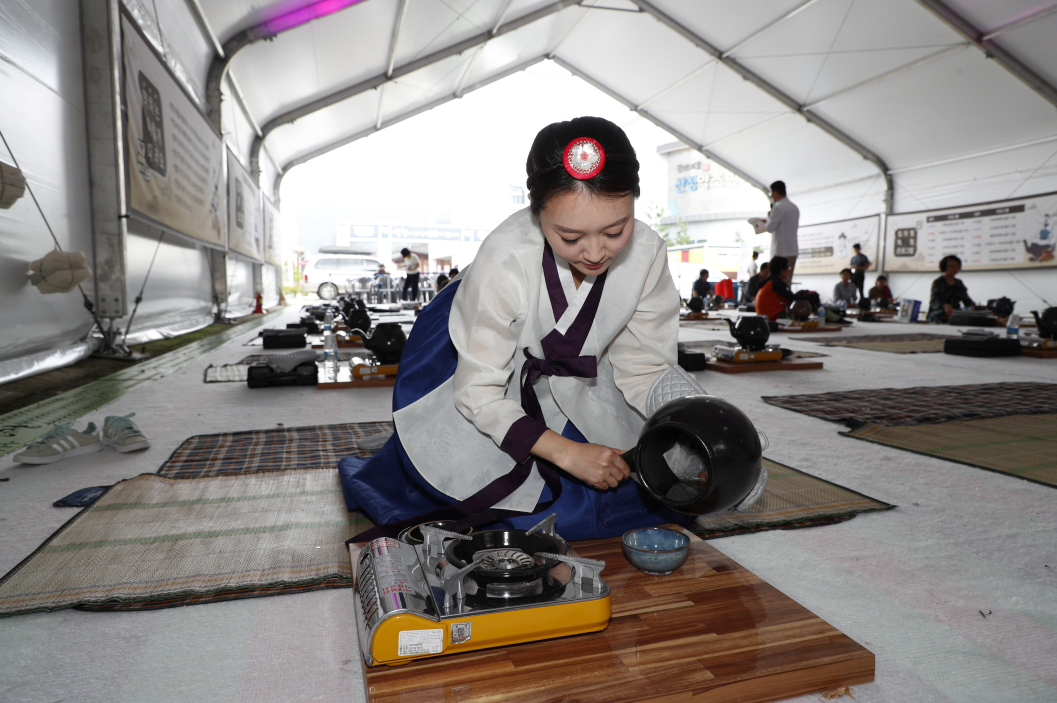
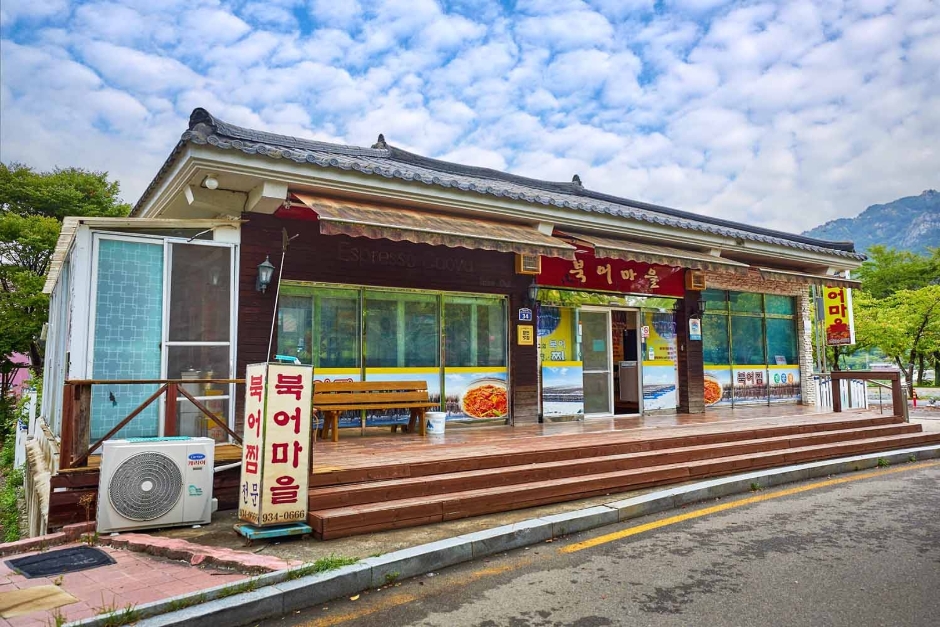
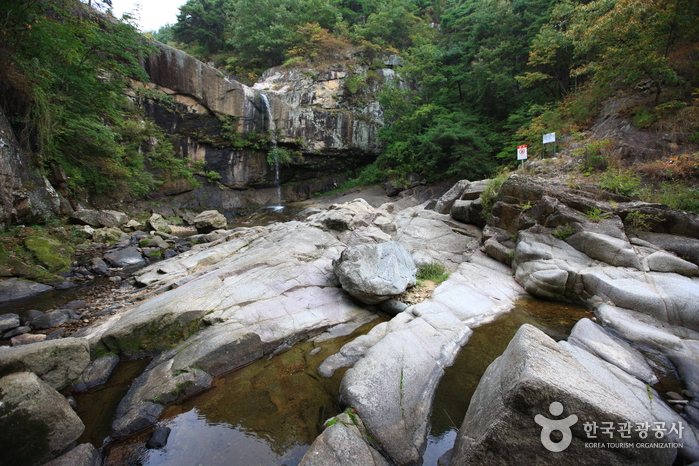
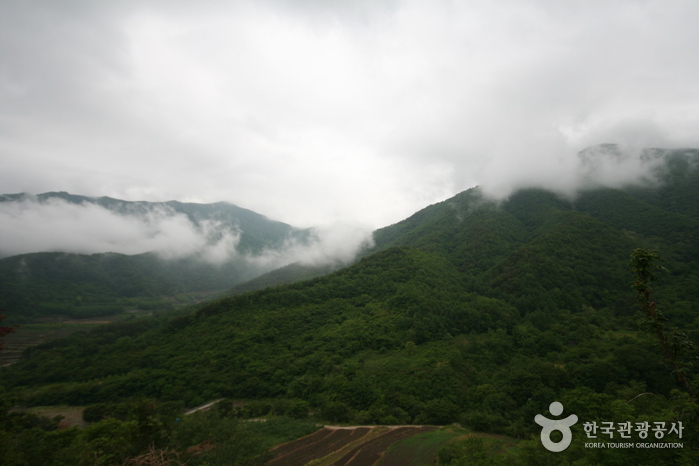
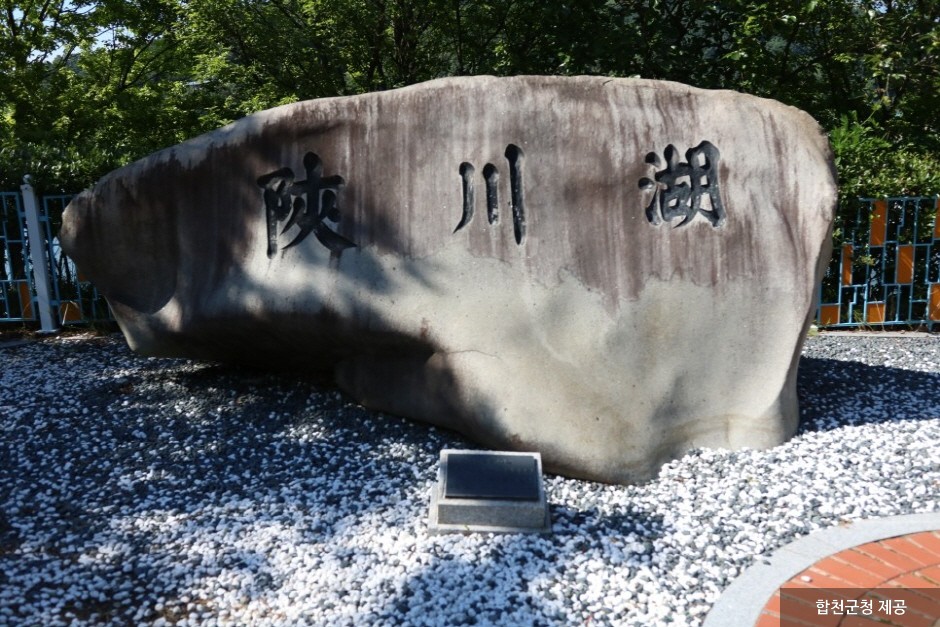
 English
English
 한국어
한국어 日本語
日本語 中文(简体)
中文(简体) Deutsch
Deutsch Français
Français Español
Español Русский
Русский